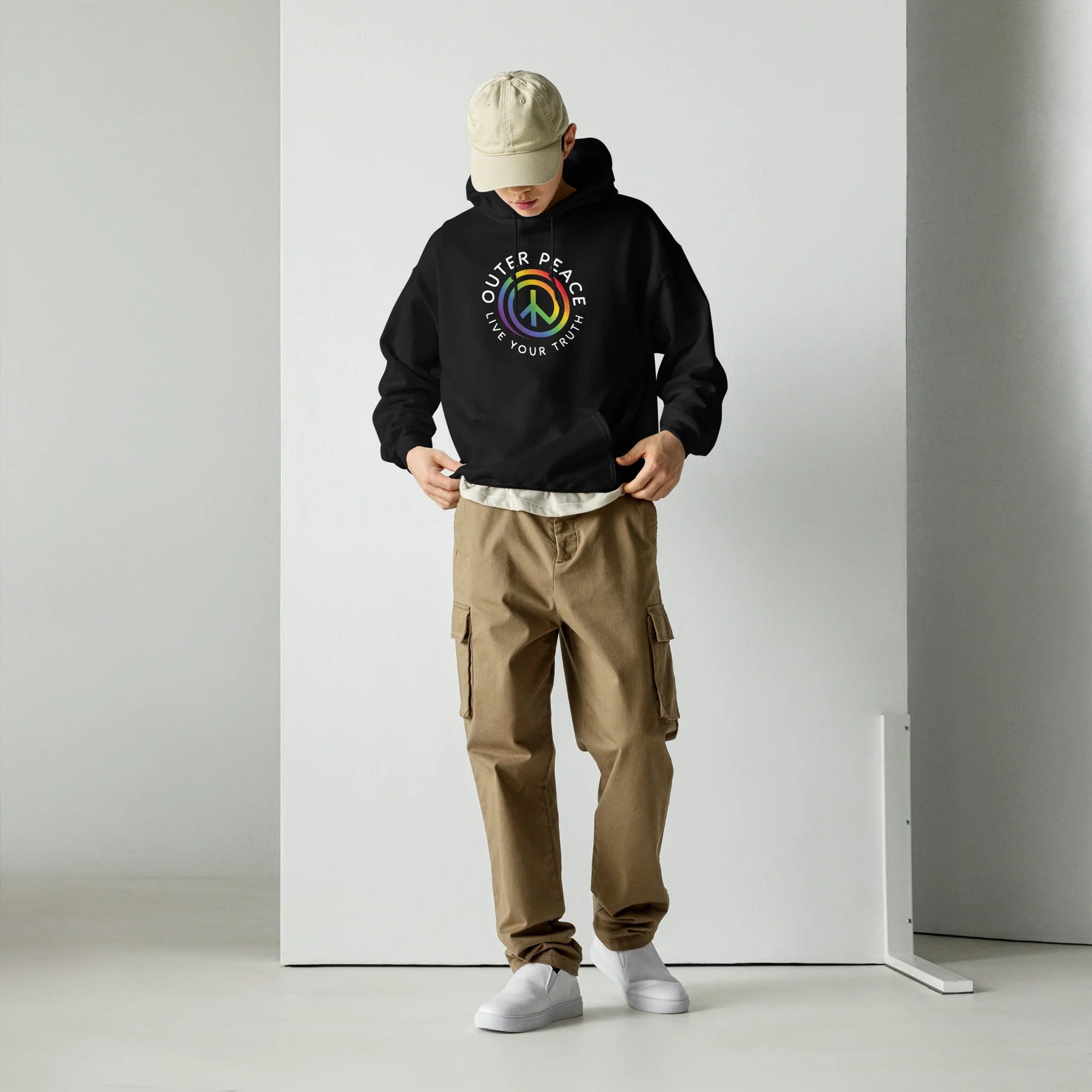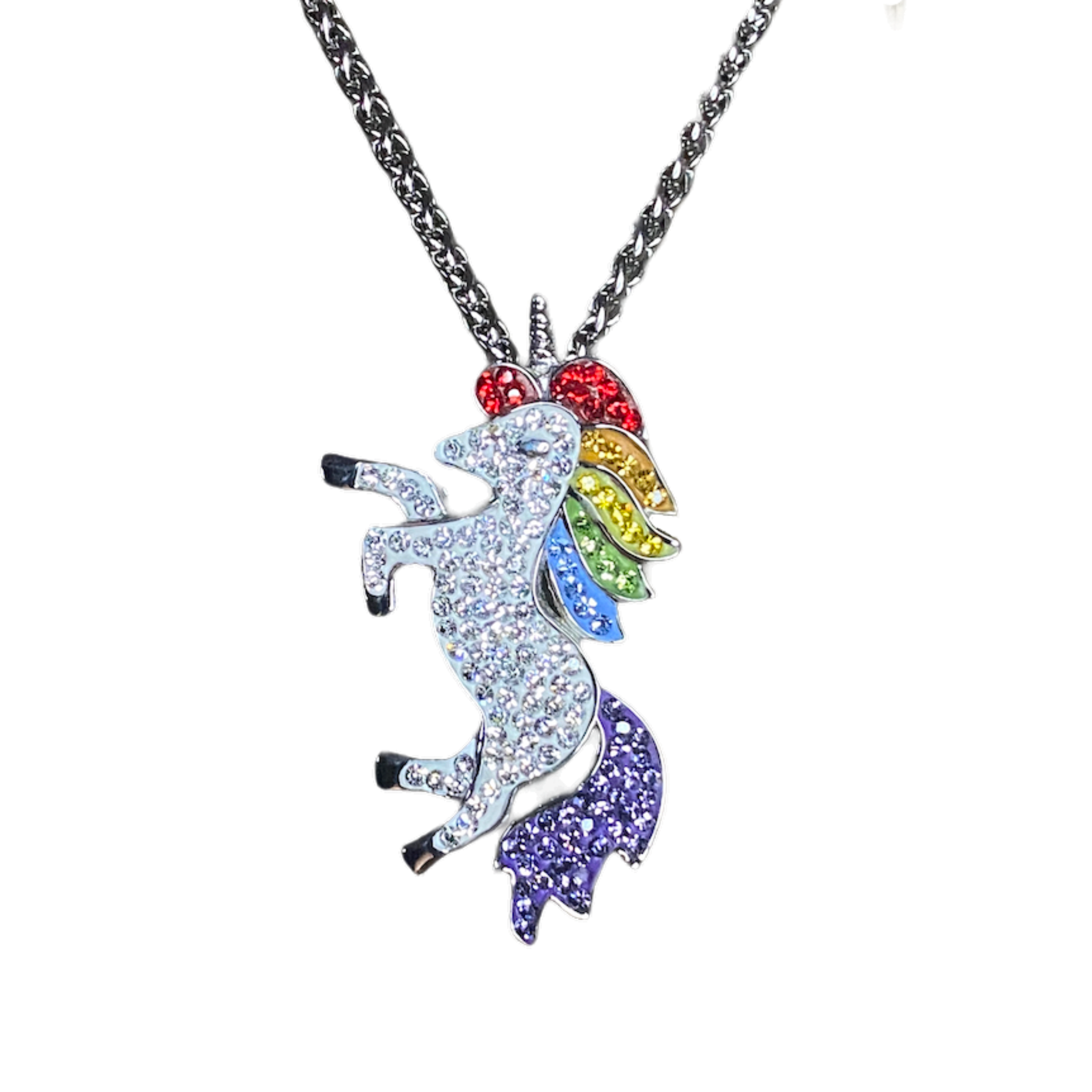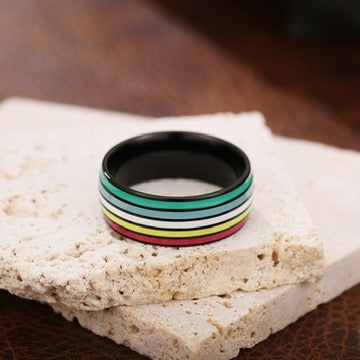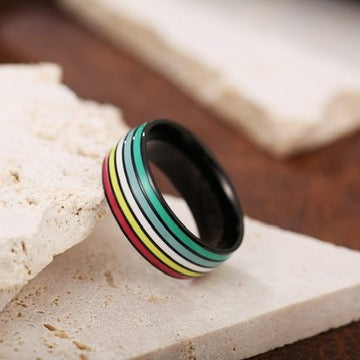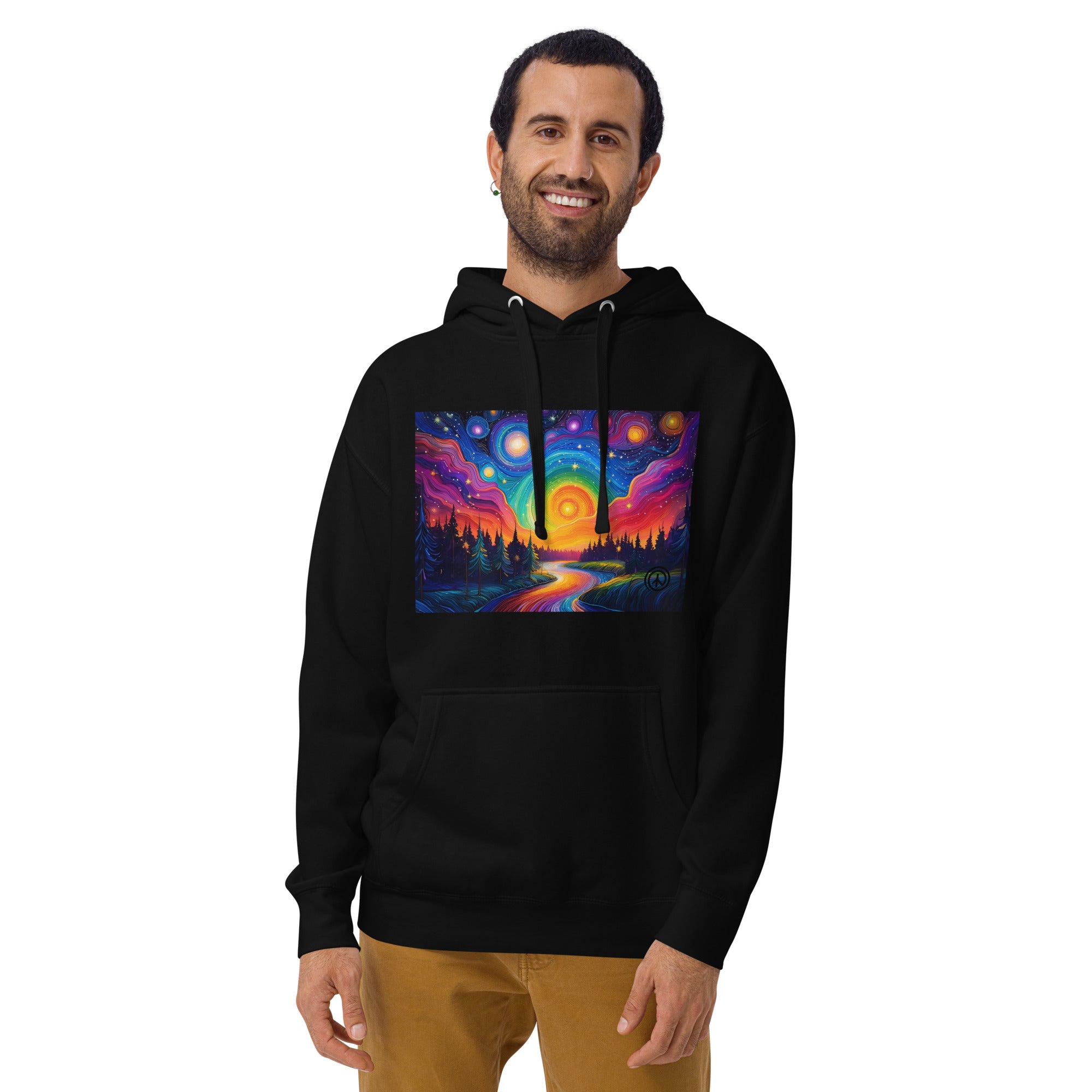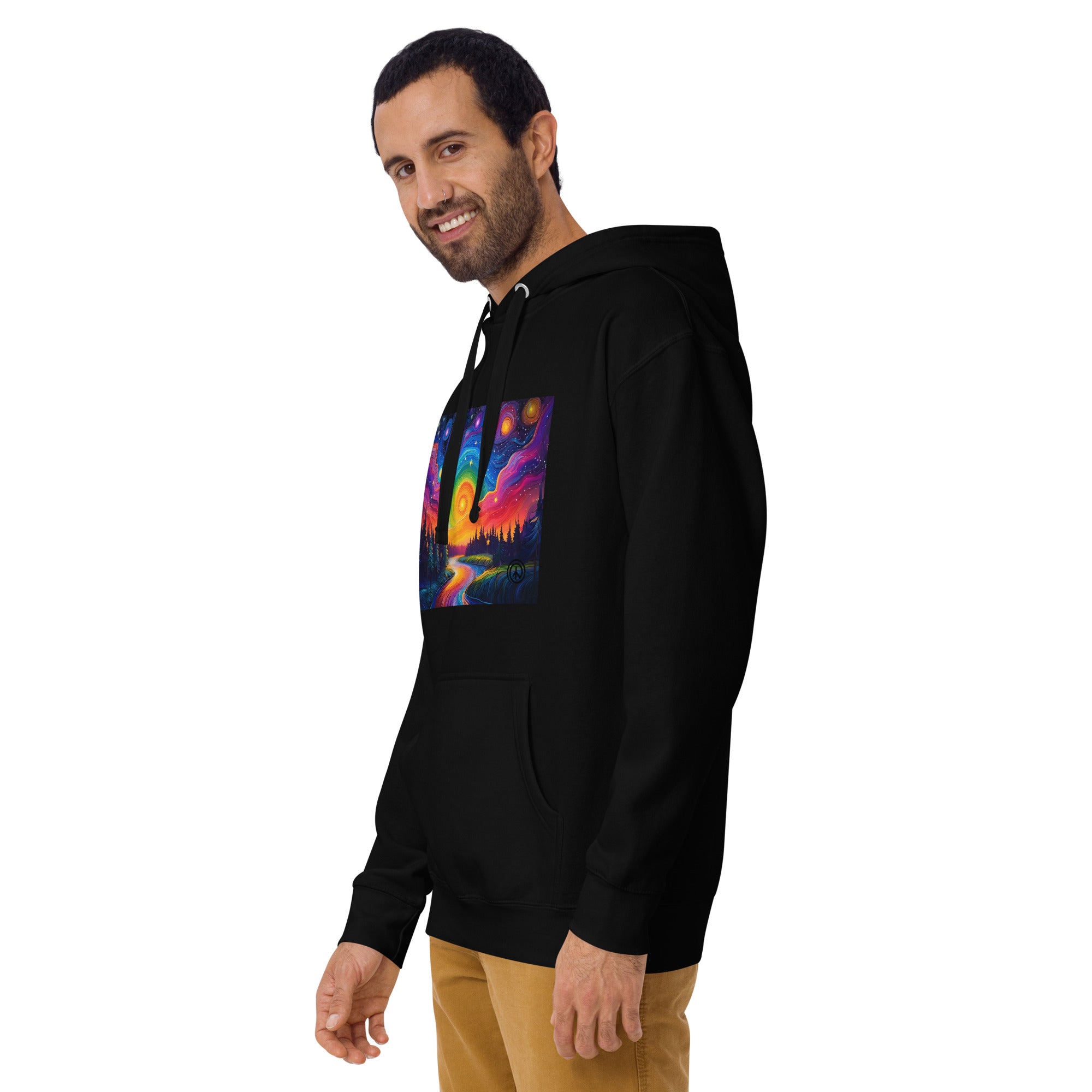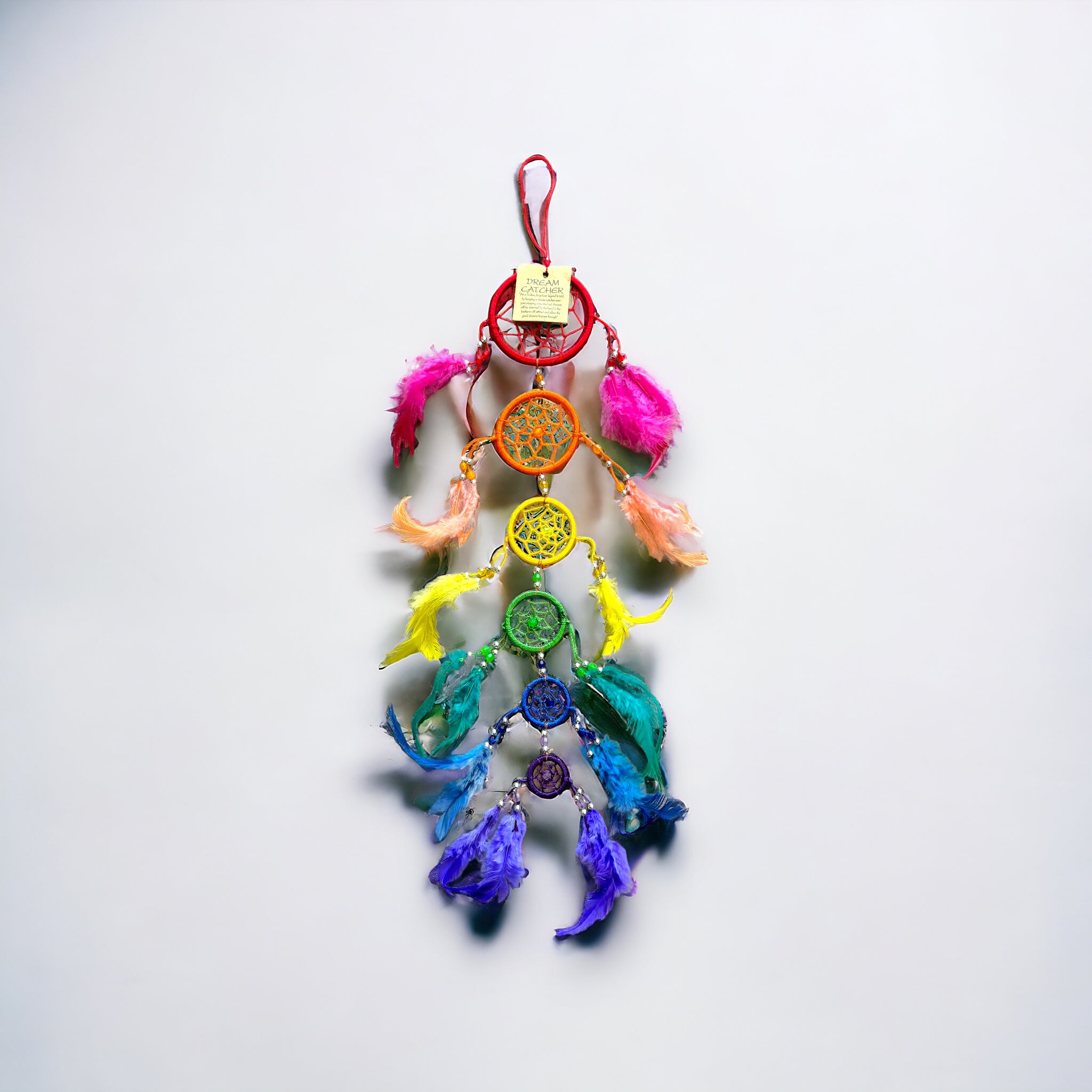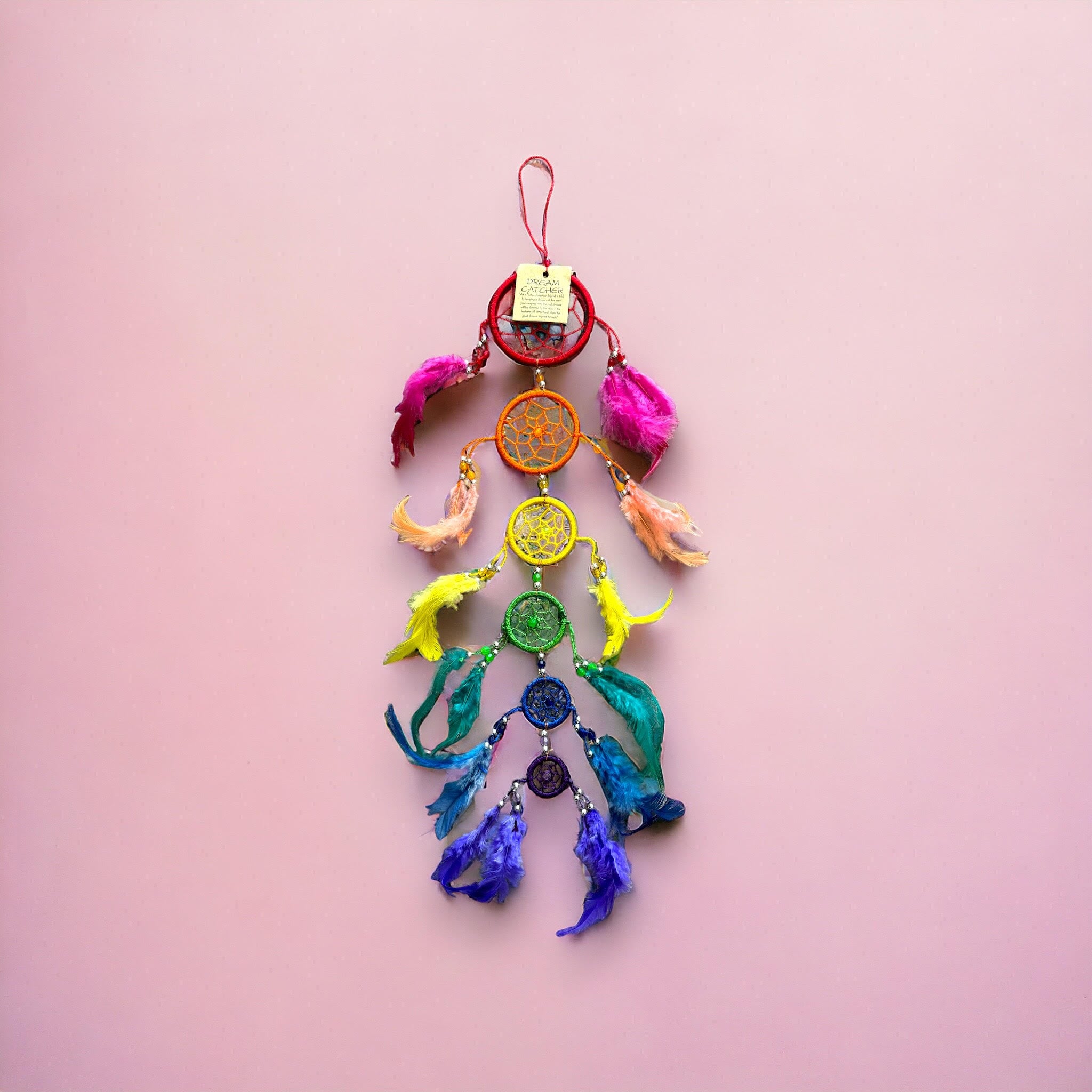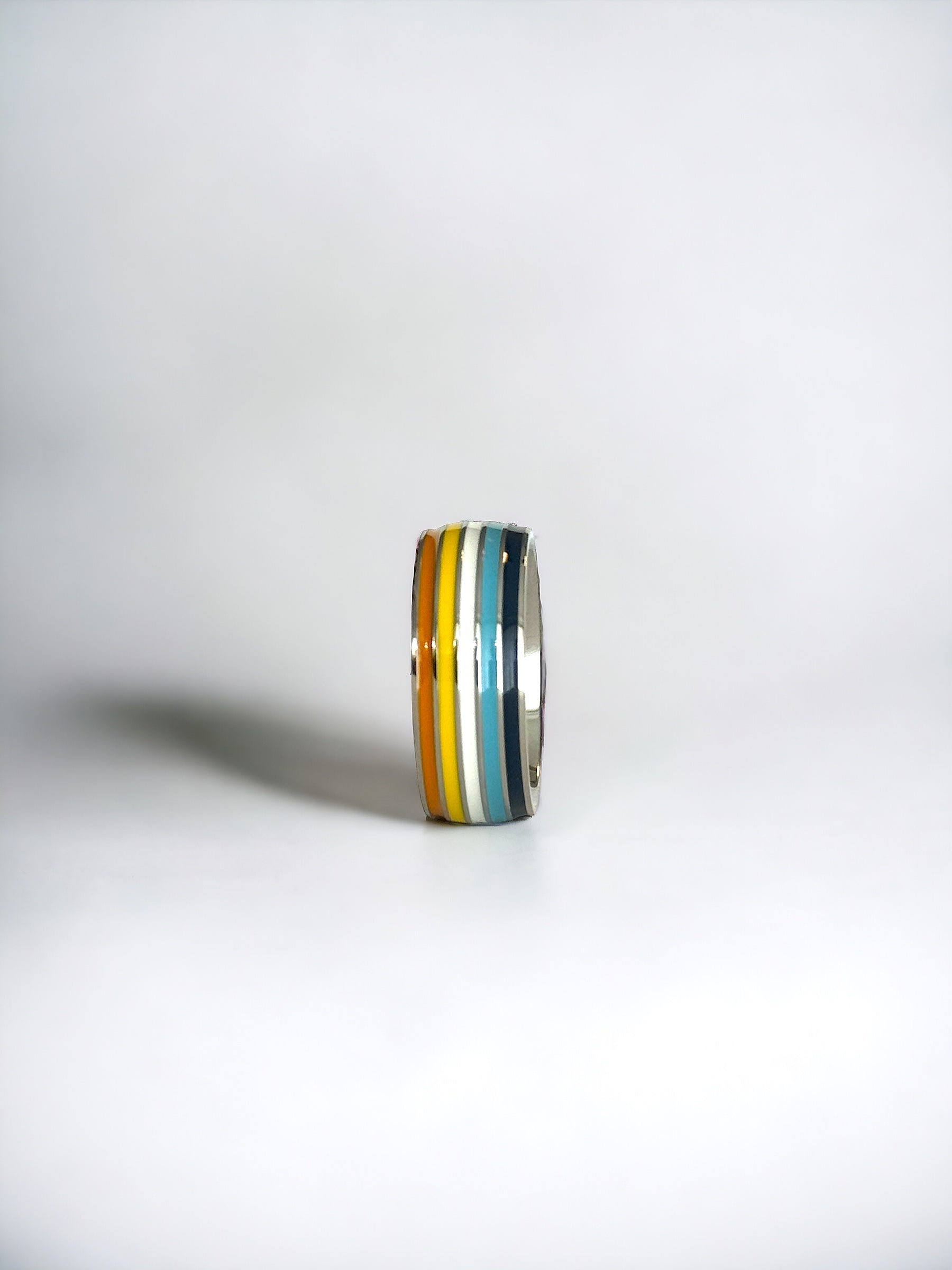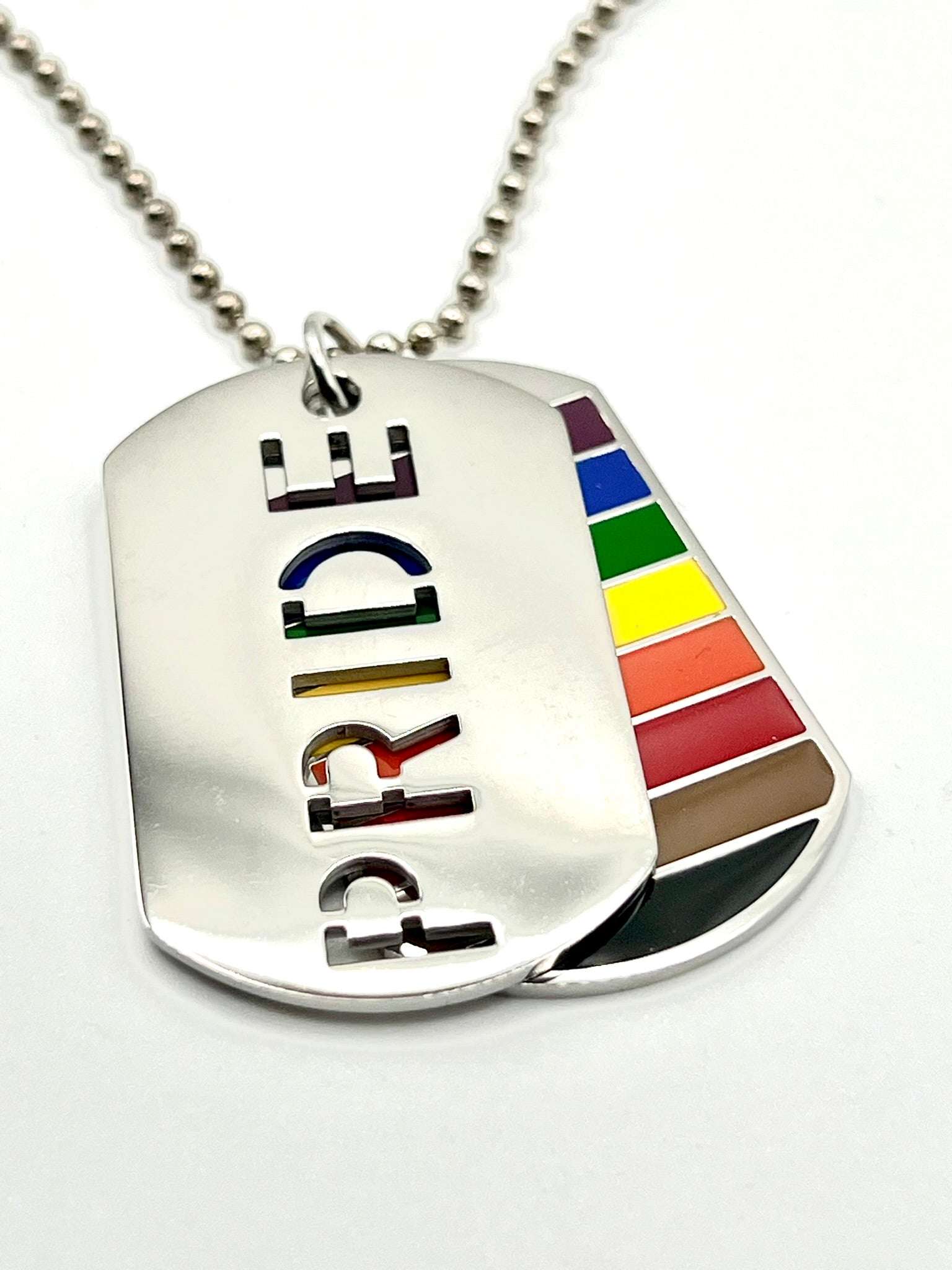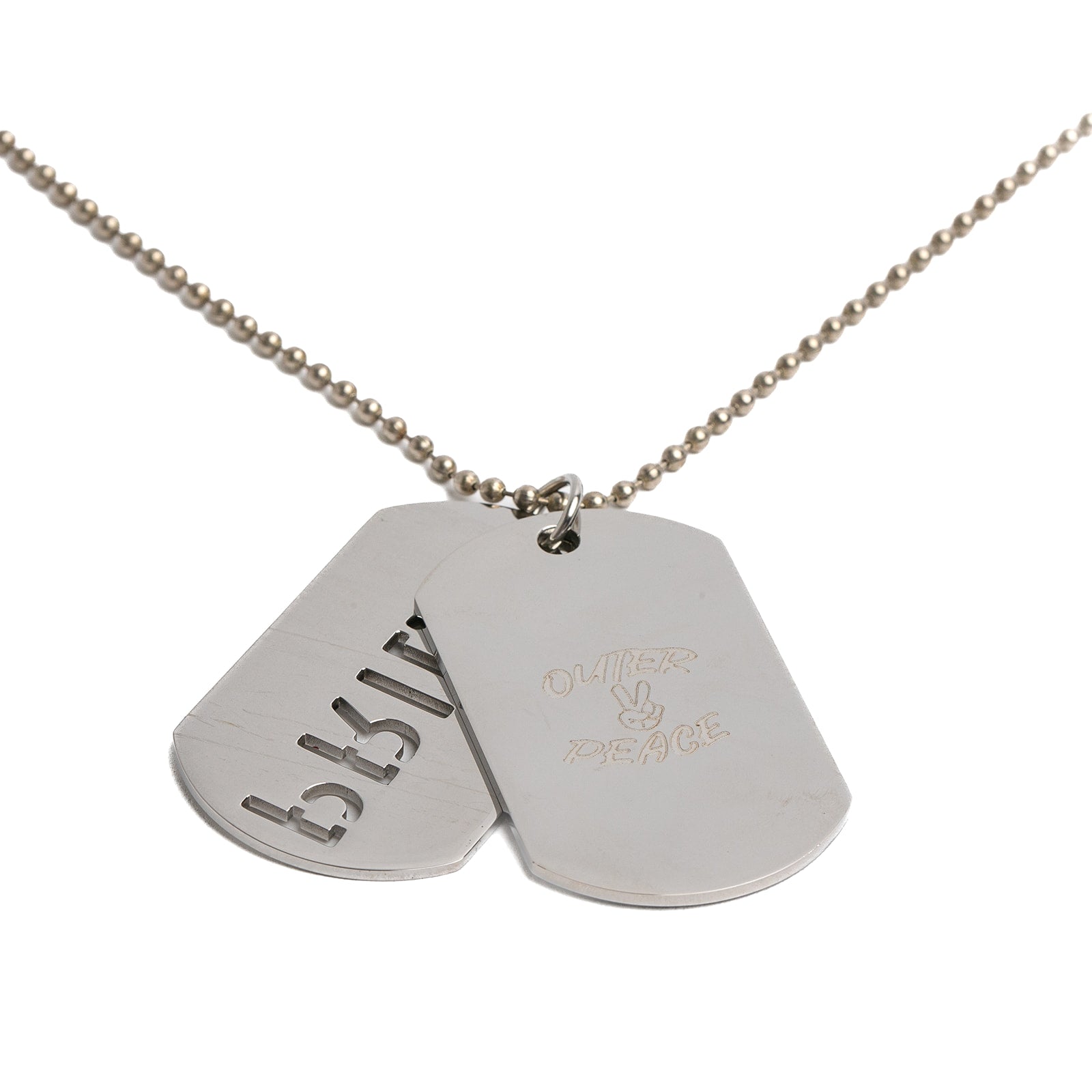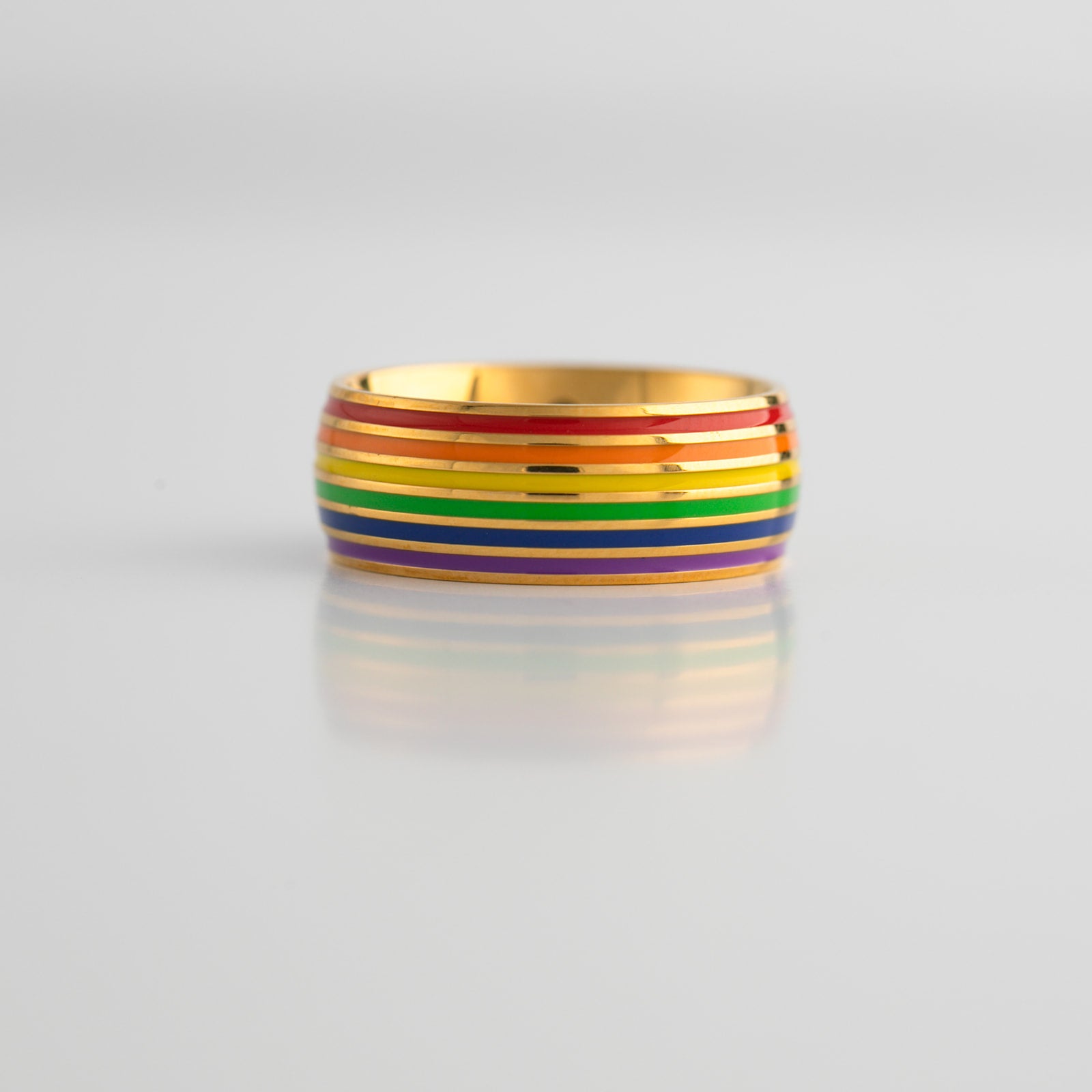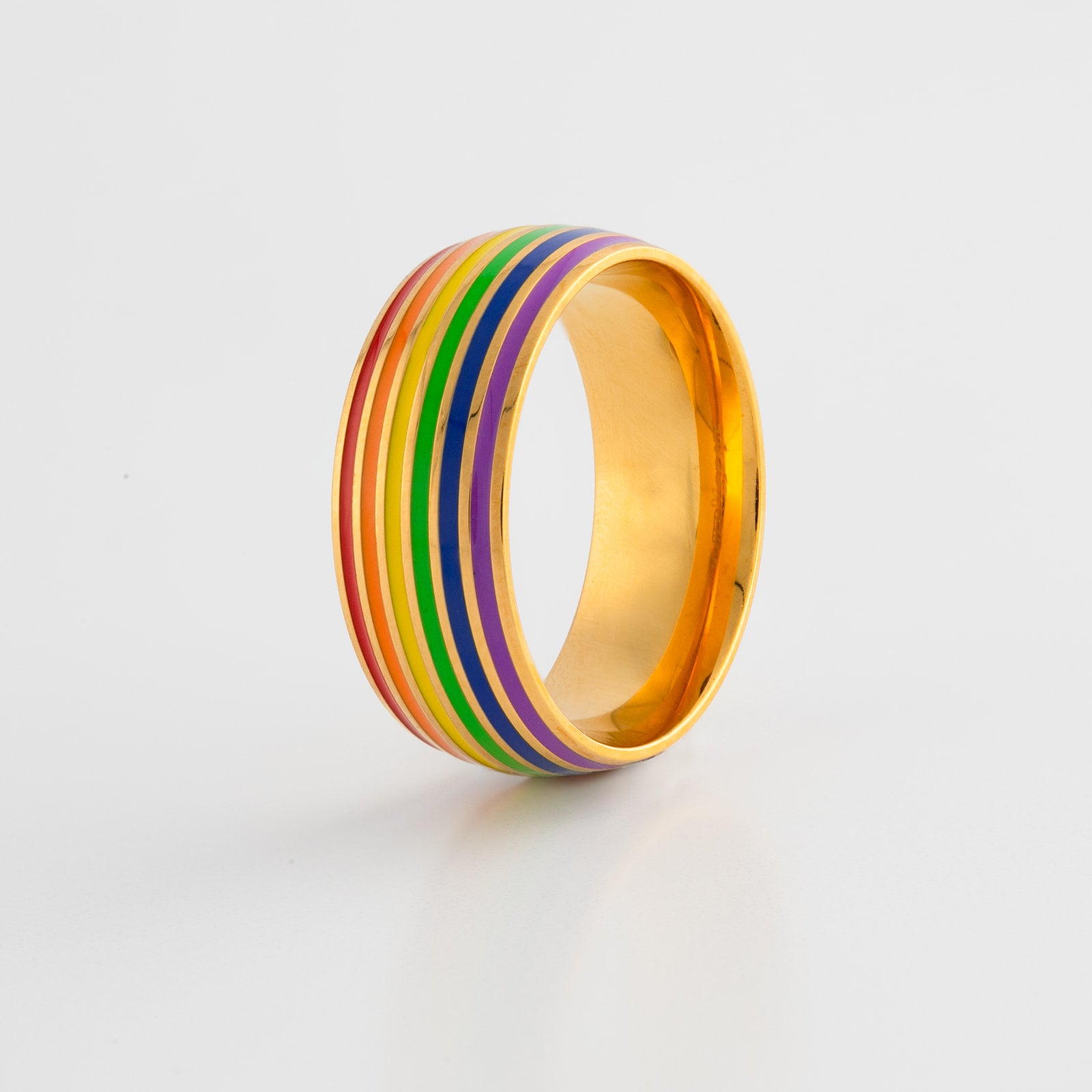 The rainbow pride flag may be the most well-known symbol of the LGBTQ+ community, but you are unlikely to be surprised to learn that there are in fact quite a few others. Each flag has its own history and symbolism, from the black and brown stripes of the progress Pride flag to the pink, white, and blue of the transgender Pride flag. This article will examine the history and significance of numerous pride flags to better understand the richness and complexity of the LGBTQ+ community. Lets explore the world of pride flags and the many cultural and historical influences that have shaped them. This post is for you if you consider yourself a member of the community or if you just want to learn more about it. Let's all wave our banners and dive headfirst into the colors of diversity.
The rainbow pride flag may be the most well-known symbol of the LGBTQ+ community, but you are unlikely to be surprised to learn that there are in fact quite a few others. Each flag has its own history and symbolism, from the black and brown stripes of the progress Pride flag to the pink, white, and blue of the transgender Pride flag. This article will examine the history and significance of numerous pride flags to better understand the richness and complexity of the LGBTQ+ community. Lets explore the world of pride flags and the many cultural and historical influences that have shaped them. This post is for you if you consider yourself a member of the community or if you just want to learn more about it. Let's all wave our banners and dive headfirst into the colors of diversity.
Pride Flags: A Brief History
Gilbert Baker, an artist and activist, designed the original rainbow flag in 1978. Harvey Milk, California's first openly homosexual elected official, approached Baker and asked him to create a symbol for the LGBTQ+ community. Inclusion and variety were key factors in selecting the rainbow flag, with each color standing for a distinct facet of the community. Pink, red, orange, yellow, green, turquoise, blue, and purple were the initial eight colors in the flag. But fabric shortages forced the removal of the pink and turquoise stripes, leaving the flag with its current six colors.
Since the rainbow flag's inception, many new pride flags have appeared, each with its own story and symbolism. In 1999, artist and activist Natalie McCray designed the first flag to symbolize a subset of the community: the lesbian pride flag. The flag's central white stripe represents gender nonconformity, and its purple and pink outer bands indicate sexual orientation.

The Philosophy of the Rainbow Flag
The LGBTQ+ community now has a universally recognized symbol in the rainbow flag. The rainbow flag's various hues stand for different facets of local culture:
- Red represents life
- Orange represents healing
- Yellow represents sunlight
- Green represents nature
- Blue represents harmony
- Purple represents spirit
For the LGBTQ+ community, the rainbow flag is a significant symbol of diversity and inclusion, as it represents all people regardless of their gender identity or sexual orientation.
Different Pride Flags and What They Mean
Since the rainbow flag's inception, other variants representing different sections of the LGBTQ+ community have appeared. Here is the meaning behind some of the most well-known pride flags:
-
Bisexual pride flag: The bisexual pride flag was created by Michael Page in 1998. The flag features three colors: pink, purple, and blue. The pink represents same-sex attraction, the blue represents opposite-sex attraction, and the purple represents the blending of both.

-
Transgender pride flag: The transgender pride flag was created by transgender woman Monica Helms in 1999. The flag features stripes of light blue, pink, and white. The light blue represents traditional male colors, pink represents traditional female colors, and white represents those who are transitioning, non-binary, or gender-neutral.

-
Pansexual pride flag: The pansexual pride flag was created by activist Kasey Hughes in 2010. The flag features three horizontal stripes: pink, yellow, and blue. The pink represents attraction to women, the blue represents attraction to men, and the yellow represents attraction to non-binary individuals.

-
Asexual pride flag: The asexual pride flag was created by AVEN, the Asexual Visibility and Education Network, in 2010. The flag features four horizontal stripes: black, grey, white, and purple. The black represents asexuality, the grey represents grey-asexuality and demisexuality, the white represents sexuality, and the purple represents community.

The Value of Inclusive Representation and Intersectionality
Recognizing the intersectionality of identities within the LGBTQ+ demographic is becoming increasingly crucial as our community grows and changes. By including a black and brown stripe in addition to the traditional rainbow colors, pride flags like the Progress Pride flag and the Philadelphia People of Color Inclusive Flag bring attention to the experiences of marginalized members of the LGBTQ+ community.
The design and promotion of pride flags should also include diverse symbols and identities. As more organizations and people make and sell pride flag goods, it's vital that all community members feel welcome and accepted. This includes creating flags and merchandise that represent non-binary and gender non-conforming individuals, as well as those with disabilities and other marginalized identities.
Pride Flags and Their Dissenters
The pride flag has become a powerful symbol for the LGBTQ+ community, but its use and design have been the subject of debate. Critics of the rainbow flag and related items say they have lost sight of the symbol's original meaning because of their concentration on making money. Some people think it's inconsiderate or discriminatory to use specific colors or designs that don't appeal to everyone.
For instance, the original Progress Pride banner featured a black and brown stripe to reflect individuals of color within the community, but some people felt this was discriminatory and intolerant. In response, a new design was developed that incorporates the rainbow colors and the black and brown stripes into a chevron pattern, making them less noticeable.
The Impact of Pride Flags in the LGBTQ+ World
Pride flags remain significant in the LGBTQ+ community despite the debates that have surrounded them. Many people feel more connected to their communities when they see pride flags flying. Pride flags were already a prominent way for people to express themselves and show their support for the community before the advent of social media and digital marketing made them even more prevalent.
The campaign for marriage equality and the Black Lives Matter movement are just two examples of political and social movements that have made use of pride flags. By flying pride flags at protests, activists may call attention to the multiple identities that make up the LGBTQ+ community and show their support for the campaign for universal justice.
Pride Flag Merchandise and its Significance
Merchandise bearing the pride flag, from clothing and accessories to home decor and even pet supplies, has seen a surge in popularity in recent years. Others see the increased commercialization of pride flags as a chance to demonstrate solidarity with the community and spread awareness, while some feel it cheapens the symbolism of the flags.
Buying items featuring pride flags can have a big effect as well. Many businesses give back to the battle for LGBTQ+ equality and justice by donating a portion of their earnings. People can make a difference and show their support by spending their money with businesses that value diversity and inclusion.
The Importance of Pride Flags in Today's Culture
Pride celebrations and parades are occasions for members of the LGBTQ+ community and their allies to gather and honor one another's unique identities and the values that unite them. People attend these events to express their individuality and solidarity with the LGBTQ+ community by waving pride flags and donning pride flag products.
Due to the COVID-19 pandemic, many pride celebrations took place online, with participants sharing their joy and support via various social media platforms rather than leaving their homes. The meaning and significance of pride flags are unaffected by the fact that these celebrations don't appear like a typical march or festival. We, for one, are glad that we can reunite with our community at live Pride events.
Conclusion
In the LGBTQ+ community, pride flags stand as a powerful symbol of acceptance and unity. Each flag, from the rainbow flag to the transgender pride flag, has its own history and symbolism associated with its colors and designs. It is crucial, as the community develops and changes, to acknowledge the intersectionality of identities and the necessity for diverse and inclusive representation. There may be debates over the symbolism and significance of pride flags, but no one can deny their impact and value in the community. So, keep waving your colors in the air and reveling in the rich and varied world of diversity!
Featured collection
Get onboard with out awesome collection of LGBTQ+ exclusives!
2 Color(s) Available
10 Color(s) Available

